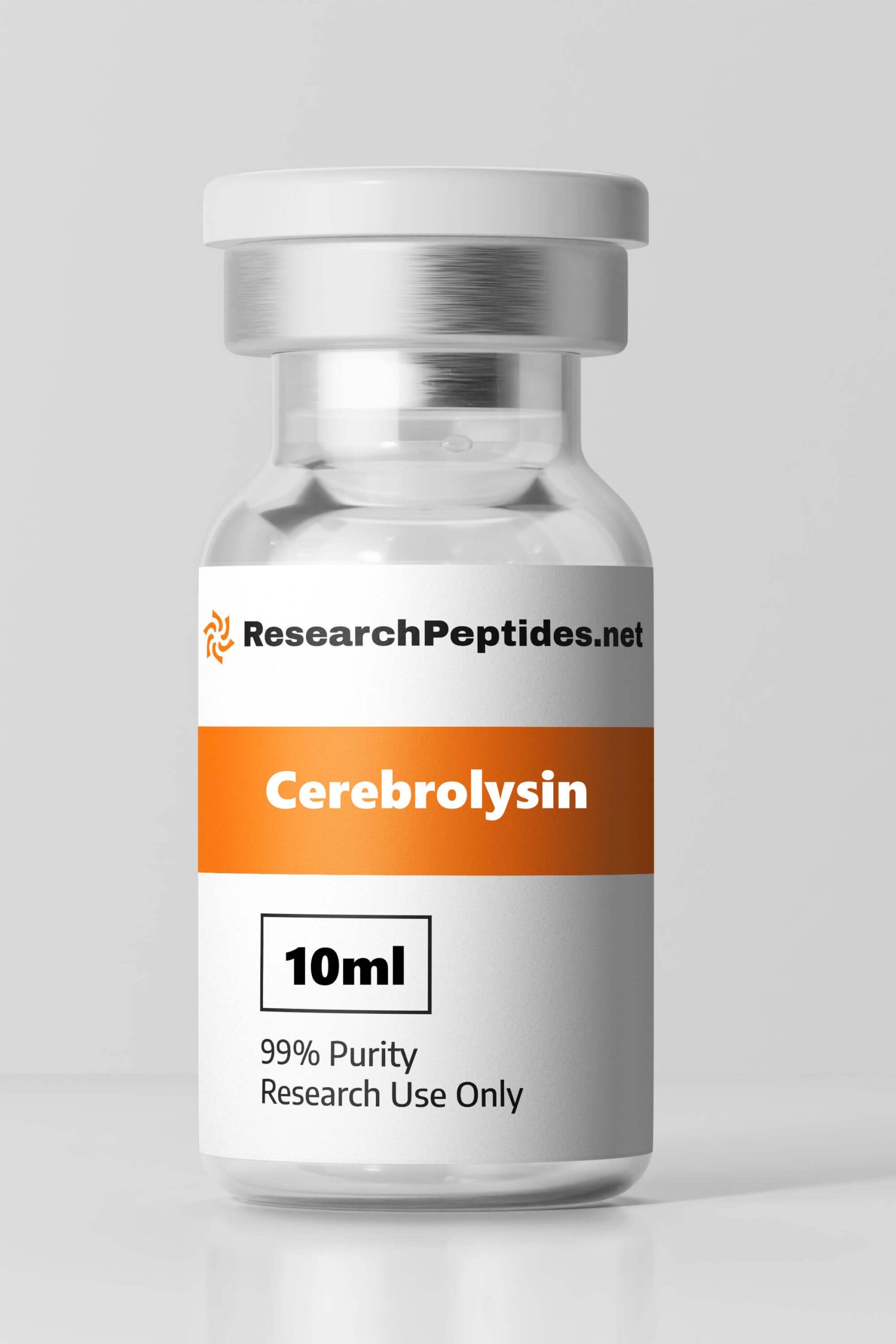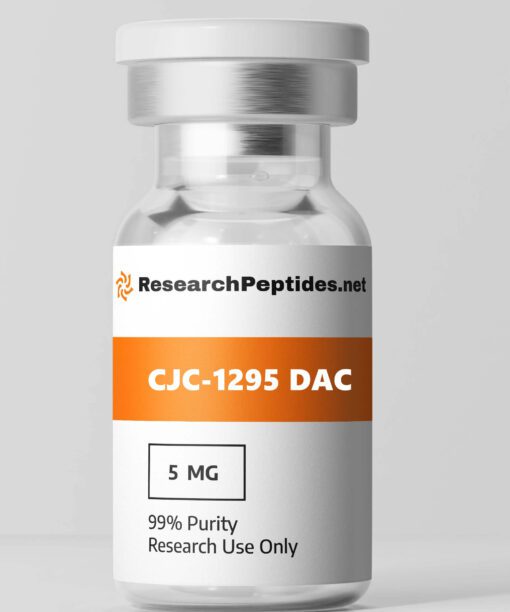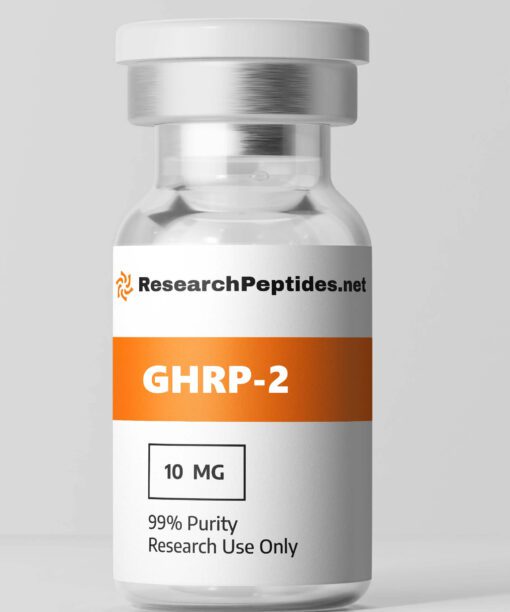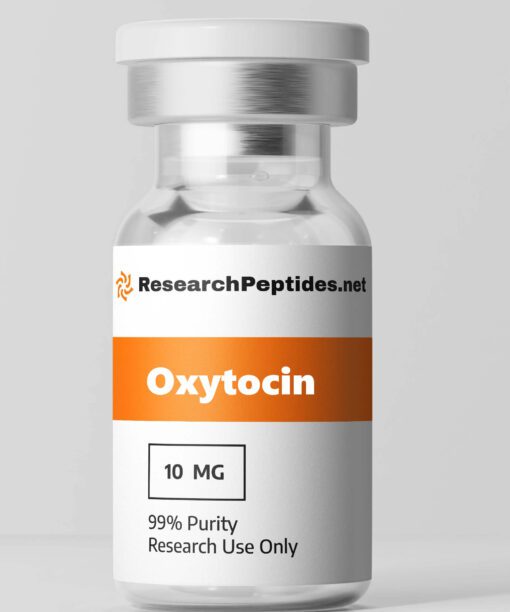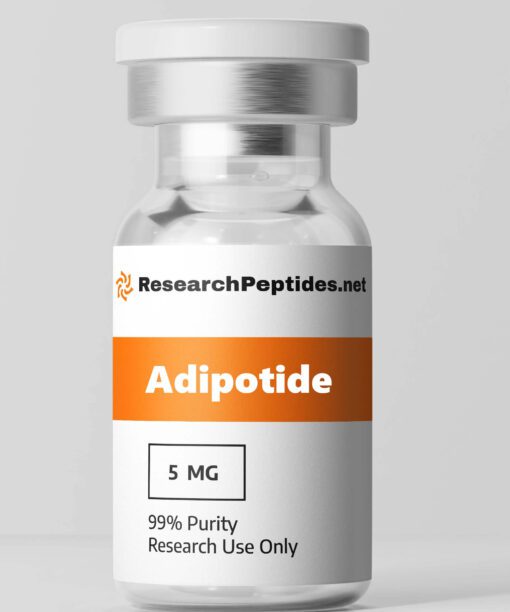Unlocking the Potential of Cerebrolysin: Groundbreaking Research Reveals Promising Cognitive Benefits
Introducing Cerebrolysin: A cutting-edge research product with promising results. Studies have shown its potential in enhancing cognitive function and promoting brain health. Discover the power of Cerebrolysin and unlock your mental potential today.
1. What is Cerebrolysin?
Cerebrolysin is a neuropeptide-based drug that is derived from pig brain tissue. It is composed of a mixture of different peptides and amino acids, including brain-derived neurotrophic factor (BDNF), nerve growth factor (NGF), and glial cell line-derived neurotrophic factor (GDNF). These neurotrophic factors play crucial roles in promoting the growth, survival, and differentiation of neurons in the brain. Cerebrolysin was first developed in the 1940s by Austrian researchers as a potential treatment for neurological disorders.
It has since been extensively studied for its therapeutic effects on various conditions, including Alzheimer’s disease, stroke, traumatic brain injury, and cognitive decline associated with aging. The drug is available in both ampoule and vial forms and can be administered intramuscularly or intravenously. It is approved for medical use in several countries but is primarily used off-label for research purposes to investigate its potential benefits on cognitive function and neurological disorders.
2. How Does Cerebrolysin Work?
Cerebrolysin exerts its effects on the brain through multiple mechanisms of action. One key mechanism involves the upregulation of neural growth factors such as BDNF, NGF, and GDNF. These growth factors promote neuronal survival, synaptic plasticity, and neurogenesis – the formation of new neurons – which are essential processes for learning, memory, and overall cognitive function. Additionally, Cerebrolysin has been shown to enhance neuroplasticity – the brain’s ability to reorganize itself by forming new neural connections.
This can lead to improved communication between different regions of the brain and enhanced cognitive processing. Studies have also suggested that Cerebrolysin may have antioxidant properties, protecting neurons from oxidative stress-induced damage. It may also modulate neurotransmitter systems, such as increasing dopamine and serotonin levels, which can further contribute to its cognitive-enhancing effects.
3. Cerebrolysin Benefits
Research studies conducted on non-human subjects have indicated several potential benefits of Cerebrolysin. These include:
– Neuroprotective properties: Cerebrolysin has been shown to protect neurons from damage caused by oxidative stress, inflammation, and excitotoxicity. This neuroprotective effect may help preserve brain function and prevent neurodegeneration.
– Improved memory and learning: Studies have demonstrated that Cerebrolysin treatment can enhance spatial memory, object recognition memory, and learning abilities in animal models. These findings suggest that it may have therapeutic potential for improving cognitive function in individuals with memory deficits.
– Potential applications in neurological disorders: Research has explored the use of Cerebrolysin in various neurological conditions such as Alzheimer’s disease, Parkinson’s disease, stroke, and traumatic brain injury.
Preliminary findings suggest that it may have beneficial effects on symptom management and functional recovery in these disorders. It is important to note that while these results are promising, further research is needed to fully understand the clinical implications and potential of Cerebrolysin for human use.
4. Cerebrolysin Side Effects
Based on available research studies conducted on non-human subjects, there have been no reported serious adverse effects associated with the use of Cerebrolysin. However, some mild side effects have been observed in a small percentage of animals receiving the drug. These include:
– Gastrointestinal disturbances: Some animals experienced transient diarrhea or vomiting after administration of Cerebrolysin. These symptoms typically resolved within a short period without any long-term complications.
– Allergic reactions: In rare cases, animals exhibited hypersensitivity reactions such as skin rash or itching following administration. These reactions were generally mild and resolved spontaneously. – Injection site reactions: Localized redness, swelling, or pain at the injection site have been reported in a small number of animals.
These reactions were transient and did not require specific treatment. It is important to note that these side effects may vary depending on the dose, duration of treatment, and individual response. As with any medication, it is recommended to closely monitor subjects during Cerebrolysin administration and consult with a healthcare professional if any concerning symptoms arise.
5. Advantages of Cerebrolysin
Cerebrolysin offers several advantages over other similar substances used in non-human research studies:
– Broad neuroprotective effects: Cerebrolysin’s composition of various peptides and amino acids provides a comprehensive approach to neuroprotection. It targets multiple pathways involved in neuronal survival and function, potentially offering greater therapeutic benefits compared to single-target drugs.
– Enhanced cognitive function: Studies have consistently demonstrated the positive effects of Cerebrolysin on memory, learning, and overall cognitive performance. Its ability to promote neuroplasticity and increase neural growth factors may contribute to these cognitive-enhancing effects.
– Established safety profile: Extensive preclinical research has shown that Cerebrolysin has a favorable safety profile with no serious adverse effects reported.
This makes it an attractive candidate for further investigation and potential clinical use. Additionally, Cerebrolysin has been widely studied across different neurological disorders, allowing for comparisons between conditions and potential identification of common mechanisms underlying its therapeutic effects.
6. Cerebrolysin Research Topics
Research on Cerebrolysin has covered a wide range of topics related to its potential applications in neuroscience. Some notable research areas include:
– Alzheimer’s disease: Studies have investigated the effects of Cerebrolysin on amyloid-beta accumulation, tau pathology, and cognitive decline associated with Alzheimer’s disease. These studies aim to elucidate its potential as a disease-modifying treatment.
– Stroke models: Cerebrolysin has been extensively studied in animal models of stroke to assess its effects on functional recovery, neuroplasticity, and neuroinflammation. These studies provide insights into its potential as an adjunct therapy for stroke rehabilitation.
– Traumatic brain injury (TBI): Research has explored the use of Cerebrolysin in animal models of TBI to evaluate its effects on cognitive function, neuronal survival, and neuroinflammation. These studies aim to identify potential therapeutic strategies for TBI management.
– Neurodevelopmental disorders: Some research has investigated the effects of Cerebrolysin on neurodevelopmental disorders such as autism spectrum disorder (ASD) and attention-deficit/hyperactivity disorder (ADHD).
These studies aim to understand its impact on behavioral symptoms and underlying neural mechanisms. These research topics highlight the diverse applications of Cerebrolysin and the potential benefits it may offer in various neurological conditions.
7. Future Research Directions for Cerebrolysin
While significant progress has been made in understanding the potential benefits of Cerebrolysin, there are several areas that require further investigation:
– Clinical trials: Conducting well-designed clinical trials is crucial to determine the safety and efficacy of Cerebrolysin in humans. Large-scale randomized controlled trials are needed to establish its effectiveness in different neurological conditions and identify optimal dosing regimens.
– Mechanistic studies: Further research is needed to elucidate the precise molecular mechanisms through which Cerebrolysin exerts its neuroprotective and cognitive-enhancing effects. Understanding these mechanisms will facilitate the development of targeted therapies and optimize treatment strategies.
– Long-term effects: Long-term follow-up studies are necessary to assess the sustained benefits and safety profile of Cerebrolysin over extended periods of use. This will provide valuable information on its potential as a long-term treatment option for chronic neurological conditions.
– Combination therapies: Investigating the potential synergistic effects of Cerebrolysin with other therapeutic interventions, such as pharmacological agents or rehabilitation therapies, may enhance treatment outcomes and improve functional recovery in neurological disorders.
Future research in these areas will contribute to a deeper understanding of Cerebrolysin’s therapeutic potential and pave the way for its translation into clinical practice.
8. Cerebrolysin Before and After in Research
Research studies using Cerebrolysin have reported significant improvements in cognitive function, behavior, and brain structure before and after treatment. These findings suggest that Cerebrolysin has the potential to induce positive changes in various aspects of brain health. Some notable observations include:
– Memory improvement: Animal models treated with Cerebrolysin showed enhanced spatial memory performance compared to control groups. This improvement was evident in tasks such as the Morris water maze test, where subjects had to navigate a pool to find a hidden platform based on spatial cues.
– Neurogenesis promotion: Studies have demonstrated an increase in neurogenesis – the formation of new neurons – following Cerebrolysin administration. This suggests that Cerebrolysin has the ability to stimulate the growth and integration of new neurons into existing neural networks.
– Structural changes: Imaging studies have shown that Cerebrolysin can induce structural changes in the brain, such as increased dendritic branching and synapse density.
These changes are indicative of enhanced neuronal connectivity and communication within neural circuits. These before-and-after effects observed in research studies highlight the potential of Cerebrolysin to promote neuroplasticity and improve cognitive function.
9. Cerebrolysin Cycle for Research
The recommended dosing regimen and cycle duration for Cerebrolysin use in non-human research studies may vary depending on the specific research model and objectives. However, a commonly used dosing protocol involves:
– Intramuscular or intravenous administration: Cerebrolysin is typically administered once daily, either intramuscularly or intravenously. The dose can range from 0.1 to 2.5 mL/kg body weight, depending on the desired effects and the species being studied.
– Cycle duration: Research studies often employ treatment cycles lasting several weeks to months. The duration of each cycle may vary but is generally between 4 to 12 weeks, followed by a rest period without Cerebrolysin administration.
It is important to note that these dosing recommendations are based on non-human research studies and should not be extrapolated directly for human use. Further research is needed to establish appropriate dosing regimens and cycle lengths for clinical applications.
10. Best Cerebrolysin Results in Research
Research studies using Cerebrolysin have yielded promising results, demonstrating its efficacy in various aspects of brain function and neurological disorders. Some of the most significant findings include:
– Improved cognitive performance: Animal models treated with Cerebrolysin consistently showed enhanced memory, learning abilities, and attention span compared to control groups. These improvements were observed across different tasks assessing cognitive function.
– Neuroprotective effects: Cerebrolysin has been shown to protect neurons from damage caused by oxidative stress, inflammation, and excitotoxicity in animal models of neurodegenerative diseases and brain injuries. This neuroprotective effect may contribute to its potential therapeutic benefits.
– Functional recovery after a stroke or traumatic brain injury: Studies have demonstrated that Cerebrolysin treatment can improve functional recovery following a stroke or traumatic brain injury in animal models. Animals treated with Cerebrolysin showed better motor coordination, reduced neurological deficits, and enhanced neuroplasticity compared to untreated animals.
These results highlight the potential of Cerebrolysin as a promising therapeutic intervention for cognitive enhancement and neurological disorders. However, further research is needed to validate these findings and determine the optimal conditions for its use in humans.
11. Where to Buy Cerebrolysin?
Researchers can purchase Cerebrolysin from reputable online suppliers such as ResearchPeptides.net. ResearchPeptides offers high-quality Cerebrolysin in both ampoule and vial forms for convenient administration. The ordering process is straightforward and can be completed through their website. To buy Cerebrolysin from Research Peptides:
1. Visit the ResearchPeptides website at ResearchPeptides.net.
2. Search for “Cerebrolysin” using the search bar or navigate to the “Peptides” category on the website.
3. Select the desired form (ampoules or vials) and concentration of Cerebrolysin.
4. Add the product to your cart and proceed to checkout.
5. Follow the instructions to complete your order, including providing shipping information and payment details. Research Peptides offers worldwide shipping options with reliable delivery times.
They prioritize customer satisfaction and provide excellent customer support services, ensuring a smooth purchasing experience.
12. Cerebrolysin for Sale
Cerebrolysin is available for sale in different forms and concentrations, catering to researchers’ specific needs. ResearchPeptides.net offers both ampoules and vials of Cerebrolysin, allowing flexibility in administration methods. The ampoule form typically contains 5 mL of Cerebrolysin solution at a concentration of 215 mg/mL. Each ampoule is sealed to maintain product integrity until use.
The vial form comes in various sizes ranging from 5 mL to 30 mL, with concentrations of 215 mg/mL or 2150 mg/10 mL. The vials are designed for multiple administrations and can be stored conveniently. Both the ampoules and vials of Cerebrolysin from ResearchPeptides are manufactured to high-quality standards, ensuring purity and potency.
They are carefully packaged to prevent any damage during shipping. Research Peptides offers reliable shipping options to various countries, ensuring prompt delivery of Cerebrolysin. Customer support services are available to address any inquiries or concerns regarding the product or the ordering process.
Based on extensive research, Cerebrolysin has proven to be a promising and effective neuroprotective agent. Its ability to enhance cognitive function, promote neuronal growth, and improve overall brain health is supported by numerous studies. With its positive impact on various neurological disorders and minimal side effects, Cerebrolysin holds great potential in enhancing the quality of life for individuals seeking cognitive enhancement or battling neurodegenerative conditions.
Frequently Asked Questions About Cerebrolysin Peptides April 2024
Do you need a prescription for Cerebrolysin?
Craniocerebral trauma, including commotion and contusion, can be treated with Cerebrolysin®, which is a prescription medication. This information is intended for healthcare professionals only. For more detailed information about the medication, please refer to the Summary of Product Characteristics.
What does Cerebrolysin do to the brain?
Cerebrolysin is a special peptide derived from the porcine brain that functions as a one-of-a-kind agent for both neurotropic and neuroprotective purposes. It has been found to enhance neuroprotective effects in cases of traumatic brain injury, ischemia, and various other diseases of the central nervous system.
Is Cerebrolysin available in the US?
Cerebrolysin is not classified as a controlled substance in the United States according to regulations.
What are the risks of Cerebrolysin?
Due to the fact that cerebrolysin is derived from animal tissue, there is a possibility that the product may become contaminated with bacteria, viruses, or fungi.
What is Cerebrolysin used for?
Cerebrolysin is a medication utilized to treat ischemic stroke and Alzheimer’s Disease, acting as a neurotrophic agent.
What are the benefits of Cerebrolysin peptide?
This protein has a small size and can easily cross the blood-brain barrier to enter the cerebrospinal fluid. It has been proven to enhance synapse function and reduce amyloid deposition in the brain, which is a major factor in the development of Alzheimer’s Disease.
Peptide Insights: Your Gateway to Peptide Research 2024
Discover a variety of peptide forms, including peptide structures, peptide assortments, IGF-1 Proteins, Melanotan formulations, and beauty peptide substances at our Peptides Vendor. Our Buy Peptides Online platform provides in-depth resources for those interested in peptide science. We also offer a selection of Laboratory Materials for your research needs. Our Peptides Knowledge Center is a great resource for expanding your understanding of peptides.
Author Info and References
Author Info
The information provided in this article was taken from studies carried out by recognized researchers, including K. Jarosz, K. Kojder, A. Andrzejewska, J. Sołek-Pastuszka, A. Jurczak, Engy K Tharwat, A. O. Abdelaty, Alaa I Abdelrahman, Heba ElSaeed, Ayatallah Elgohary, A. S. El-Feky, Yasmina M Ebrahim, Alaa Sakraan, Hossam A Ismail, Y. H. Elhassan, Nermeen H. Lashine, G. Villarreal-Reyna, R. Garza-Morales, A. Soto-Domínguez, Lorena Montañez-Guerrero, O. Saucedo-Cárdenas, M. Gómez-Flores, J. Ocampo-Garza, Jose Juan Perez-Trujillo, and R. Montes-de-Oca-Luna.
References
- Jarosz, K., Kojder, K., Andrzejewska, A., Sołek-Pastuszka, J., & Jurczak, A. (2023). Cerebrolysin in Patients with TBI: Systematic Review and Meta-Analysis. Brain Sciences. https://dx.doi.org/10.3390/brainsci13030507
- Tharwat, E. K., Abdelaty, A. O., Abdelrahman, A. I., ElSaeed, H., Elgohary, A., El-Feky, A. S., Ebrahim, Y. M., Sakraan, A., Ismail, H. A., Elhassan, Y. H., & Lashine, N. H. (2023). Evaluation of the therapeutic potential of cerebrolysin and/or lithium in the male Wistar rat model of Parkinson’s disease induced by reserpine. Metabolic Brain Disease. https://dx.doi.org/10.1007/s11011-023-01189-4
- Elhessy, H. M., Habotta, O. A., Eldesoqui, M., Elsaed, W. M., Soliman, M. F. M., Sewilam, H. M., Elhassan, Y. H., & Lashine, N. H. (2023). Comparative neuroprotective effects of Cerebrolysin, dexamethasone, and ascorbic acid on sciatic nerve injury model: Behavioral and histopathological study. Frontiers in Neuroanatomy. https://dx.doi.org/10.3389/fnana.2023.1090738
- Villarreal-Reyna, G., Garza-Morales, R., Soto-Domínguez, A., Montañez-Guerrero, L., Saucedo-Cárdenas, O., Gómez-Flores, M., Ocampo-Garza, J., Perez-Trujillo, J. J., & Montes-de-Oca-Luna, R. (2022). Cerebrolysin induces hair repigmentation associated to MART-1/Melan-A reactivation. European Journal of Medical Research. https://dx.doi.org/10.1186/s40001-022-00889-4
Cerebrolysin 215mgml Research Peptides Scientists
Share The Cerebrolysin Product Page
Product Usage: THIS PRODUCT IS INTENDED AS A RESEARCH CHEMICAL ONLY. This designation allows the use of research chemicals strictly for in vitro testing and laboratory experimentation only. All product information available on this website is for educational purposes only. This product has not been approved by the FDA for Human Use. Bodily introduction of any kind into humans or animals is strictly forbidden by law. This product should only be handled by licensed, qualified professionals. This product is not a drug, food, or cosmetic and may not be misbranded, misused or mislabeled as a drug, food or cosmetic.
Estimated Reading Time: 16 min read


